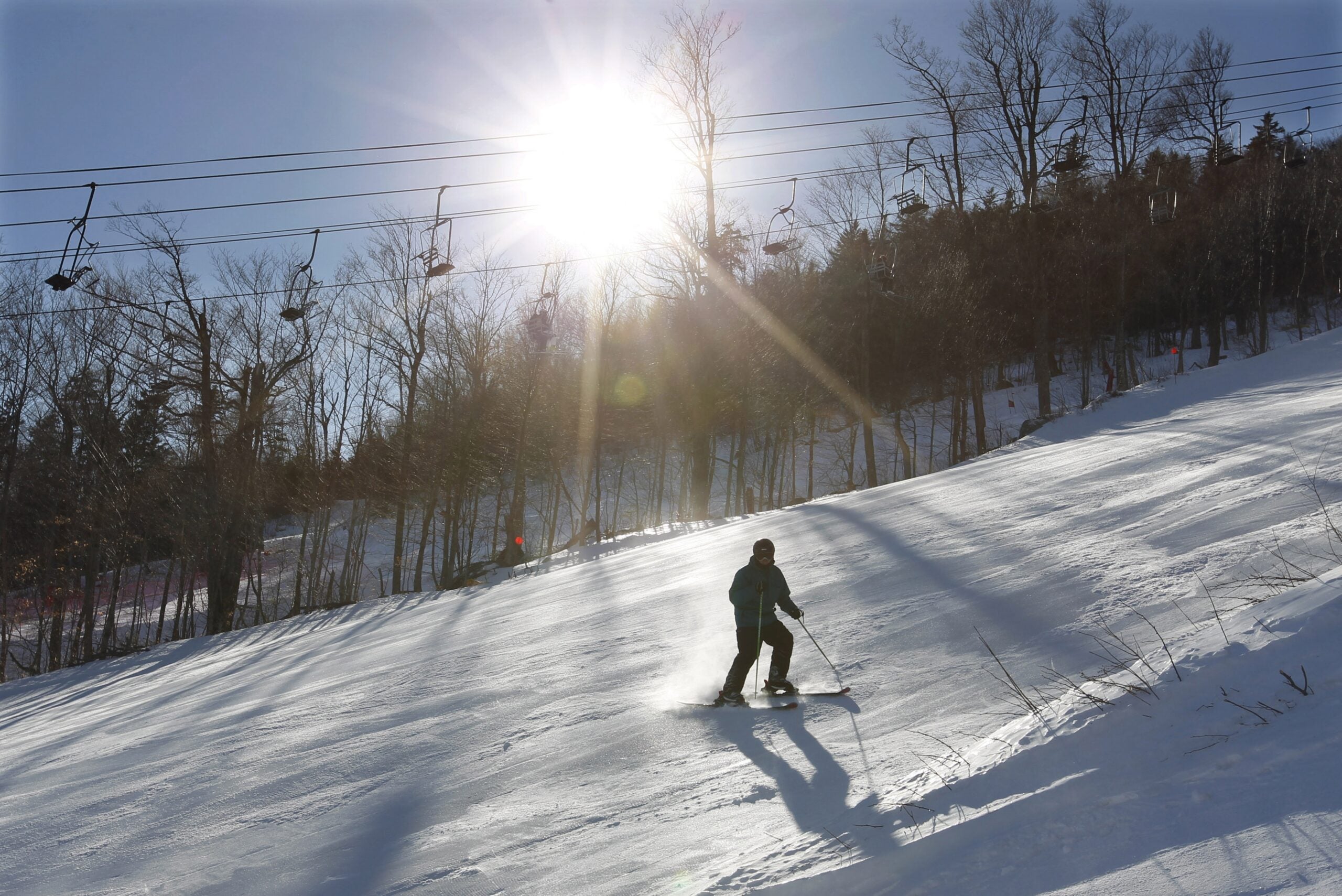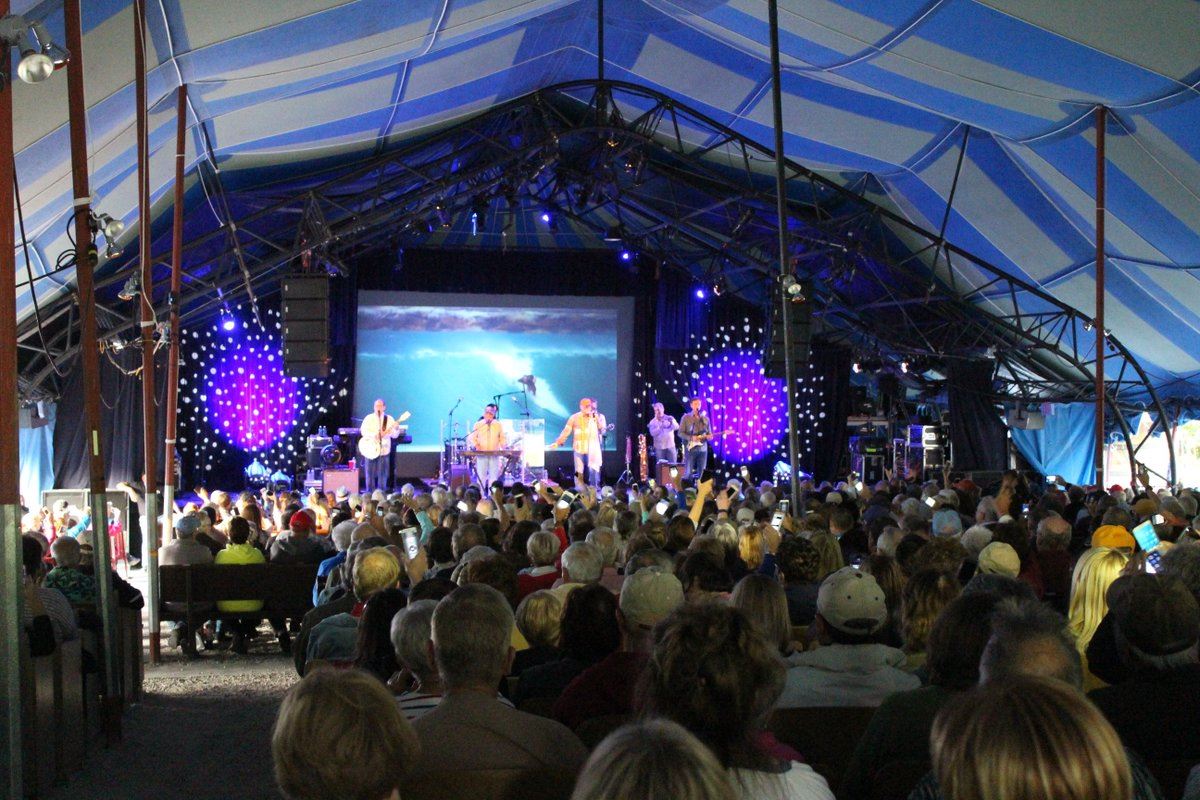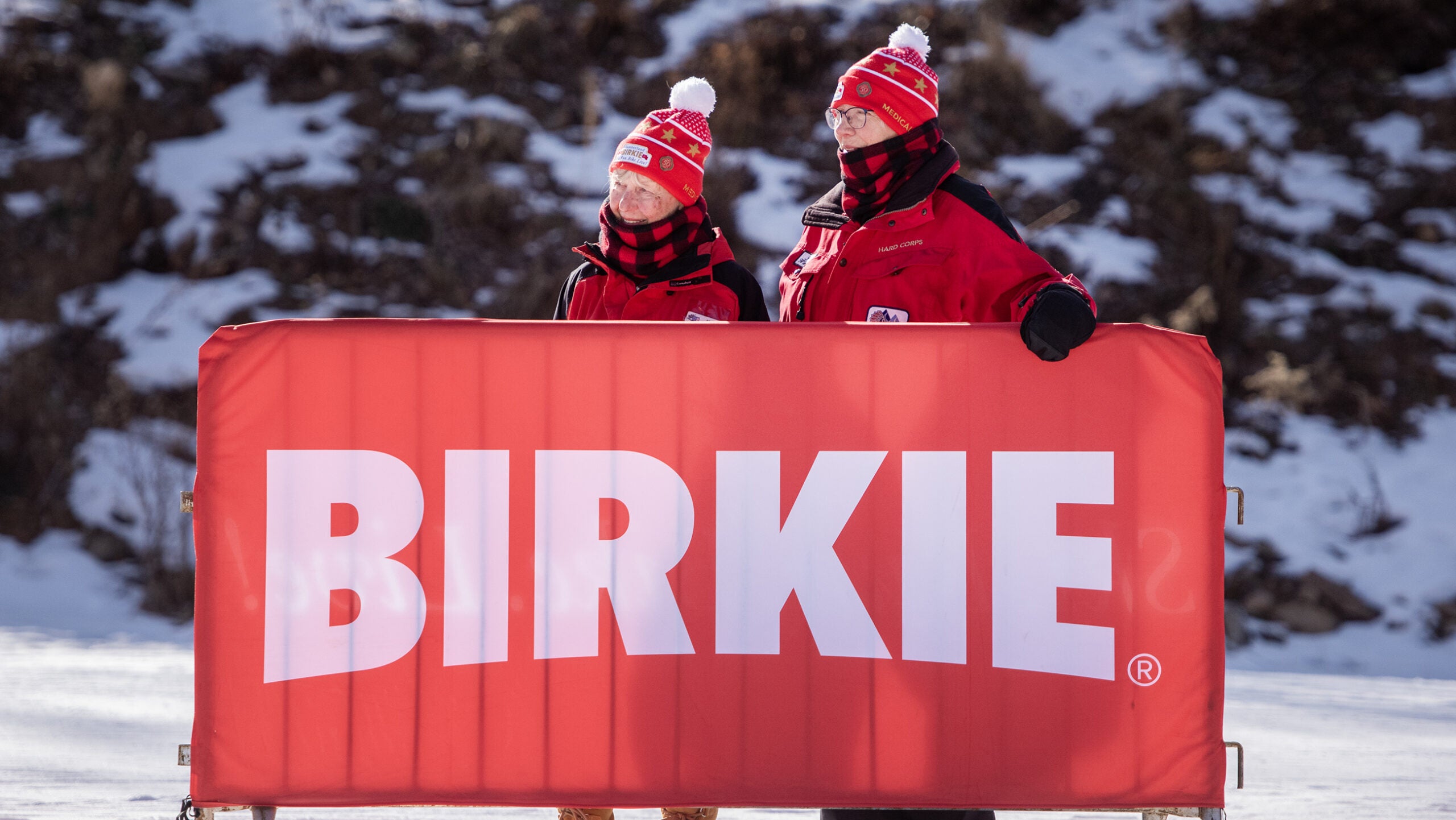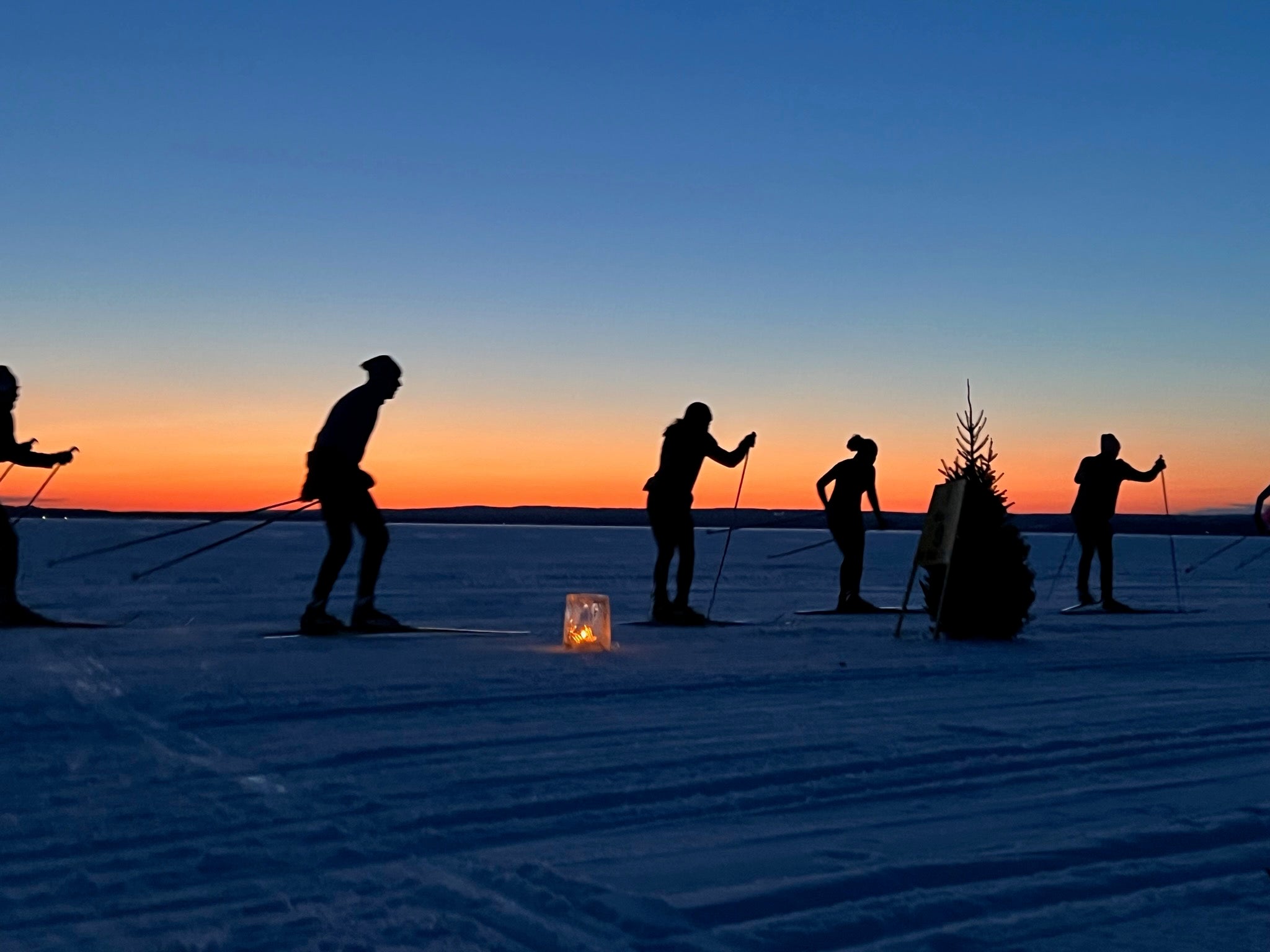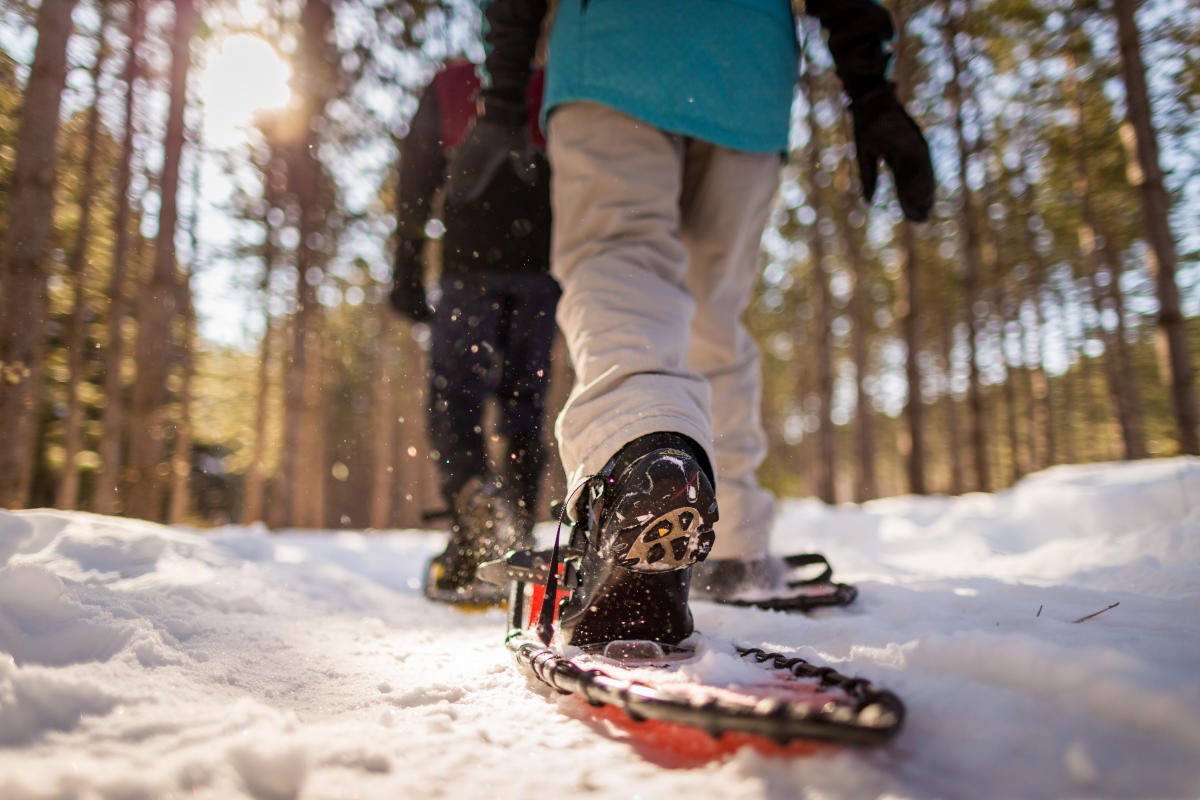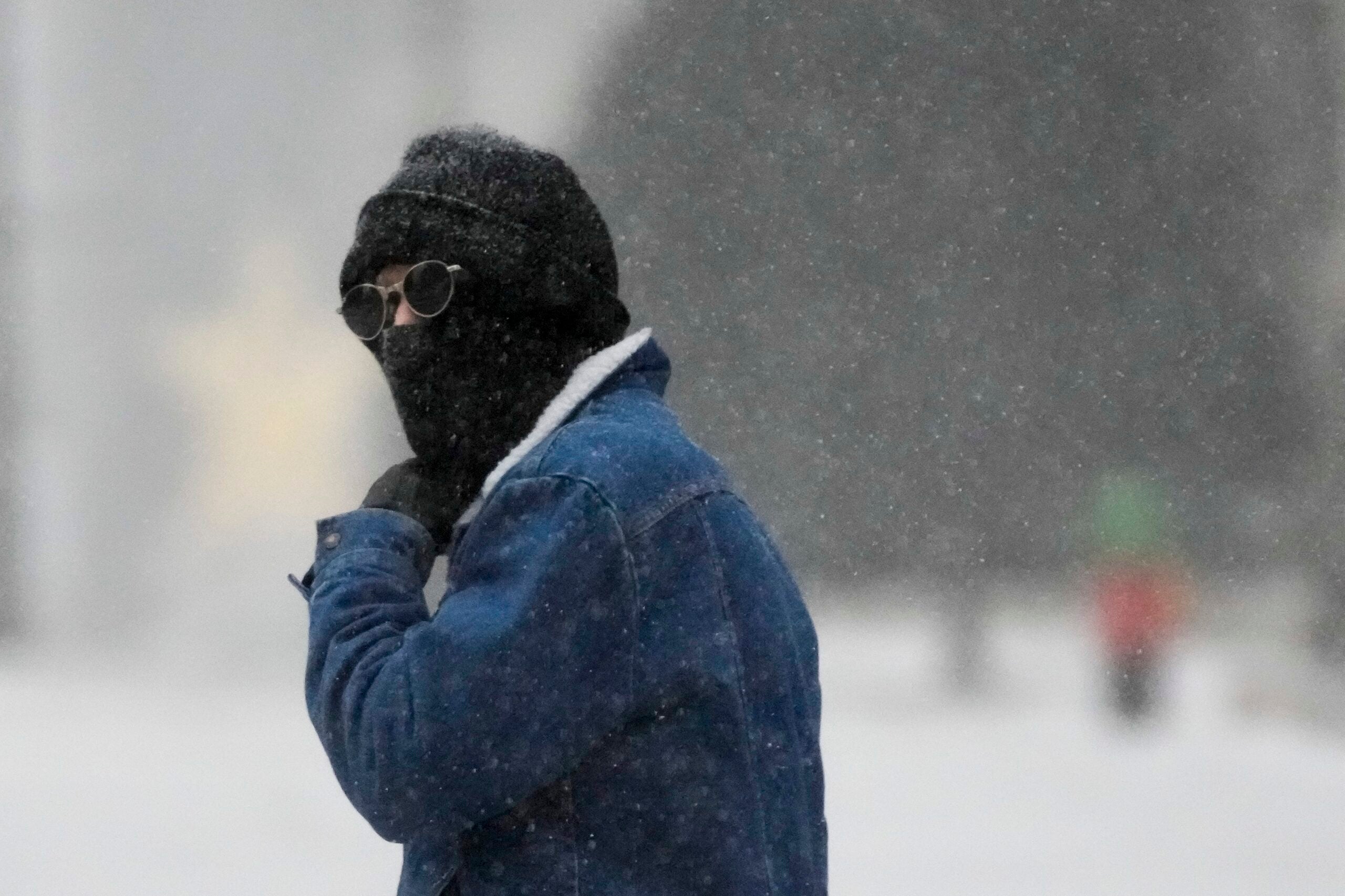Ski hills in Wisconsin are relying more on snowmaking and other strategies to adapt to changing snow conditions due to climate change, according to a new study.
Researchers with Wisconsin Sea Grant and the University of Wisconsin-Stevens Point conducted the study, which was published in August in the journal Environmental Research Communications.
Last summer, they interviewed eight owners or managers — roughly 25 percent — of the state’s ski areas to gauge how climate change is affecting downhill skiing in Wisconsin. Natalie Chin, co-author of the study, said participants shared that volatile weather and shorter seasons have forced them to invest more heavily in snowmaking equipment and other strategies to adapt to changing conditions.
Stay informed on the latest news
Sign up for WPR’s email newsletter.
“Snowmaking has kind of become a necessity in the Midwest, not just in Wisconsin, when it comes to skiing,” Chin said.
Researchers found warmer winters are shifting the season to start later in December rather than running from November to April.
Winter warming faster than other seasons in Wisconsin
Winter has warmed twice as fast as other seasons, according to a 2021 report from the Wisconsin Initiative on Climate Change Impacts. Winter precipitation has also gone up 20 percent, and it’s falling more frequently as rain or freezing rain.
Chin, a climate and outreach specialist with Wisconsin Sea Grant, said that’s made it more complicated for ski hills to operate as they rely on temperatures to remain below freezing to make snow.
Doug Olson is outdoor recreation program director at Mt. Ashwabay Ski and Recreation Area in Bayfield. Olson, who was unfamiliar with the study, said climate change is creating shorter windows of colder temperatures ideal for snowmaking, which is below 28 degrees Fahrenheit.
“So that means backup equipment and pumps running and staff on hand and maximizing the effort because that window is likely going to go away, and you’re going to have some warmer temps where you can’t make snow,” Olson said.
That’s in line with the study’s findings that ski hills are expending more resources and labor, noting that’s been exacerbated by inflation and the labor market. Participants also said they often need more equipment to maintain ski runs.
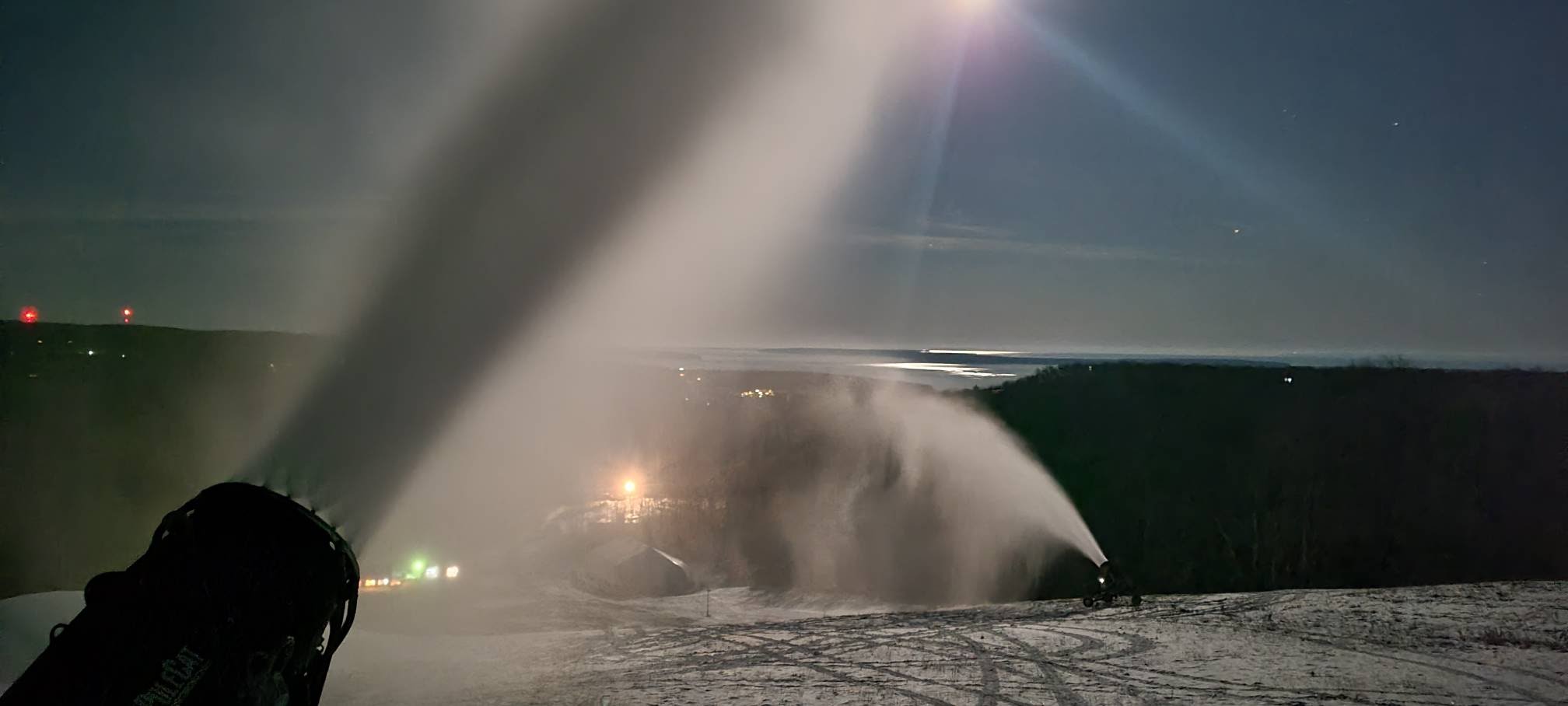
Jim Engel is executive director of Skiing Wisconsin, which represents the state’s ski areas. Engel said ski hills often begin investing in snowmaking as a business decision, in line with the study’s findings. He said they’re looking to make snow faster and open runs sooner for skiers.
“They’re wanting to run their business as efficiently as possible. Snowmaking is a big part of that, and the systems and the technology of the snowmaking system is much more efficient than it used to be,” Engel said.
The study found many operators are investing more in meteorological data to help plan for snowmaking, as well as other technology to support maintenance.
Rick Schmitz, who was interviewed for the study, co-owns several ski areas in Wisconsin that have invested heavily in automated snowmaking equipment since around 2010. They include Nordic Mountain in central Wisconsin along with Little Switzerland and Crystal Ridge in southeastern Wisconsin.
He said that technology has improved the efficiency of snowmaking as computers adjust the amount of water to changing temperatures, adding newer technology requires less maintenance and labor. Even so, he said labor costs have increased due to inflation and efforts to maintain competitive wages.
While he said he can’t say for certain that climate change is to blame, Schmitz said he has observed more extremes in good and bad years for snow. He said the state’s ski areas realize their biggest vulnerability is the weather.
“If we don’t have snow, we don’t have a product, and we don’t have something to sell,” Schmitz said. “I think industry-wide trends are investing heavily in efficient snowmaking, cost-effective snowmaking.”
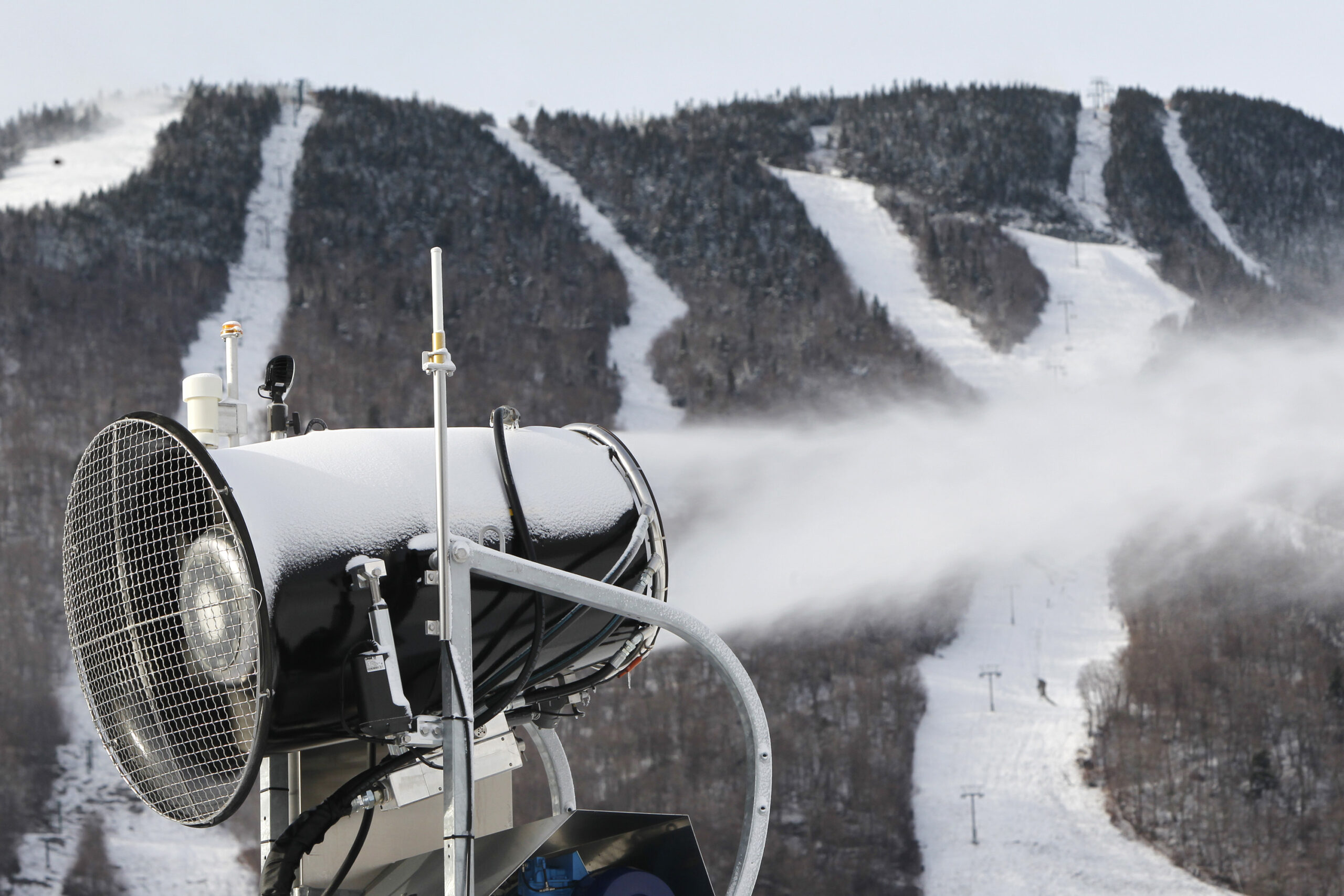
Ski areas face more operating costs tied to snowmaking
Researchers found hills are facing more operating costs tied to capital investments or equipment to maintain ski runs. Engel said the cost of snowmaking can vary widely depending on the size of the hill with larger resorts spending millions of dollars each year. To draw in additional revenues, he and the study’s authors say many ski areas are hosting weddings, mountain biking or other activities in the offseason.
As ski areas adapt, they’re also contending with what researchers coined the “backyard effect.”
“If (snow is) not in their yard, it’s not on their mind, and they won’t come up and ski,” Mt. Ashwabay’s Olson said.
The study found some are turning to social media or marketing strategies to draw in skiers. While it’s an industry-wide struggle, Schmitz and researchers noted that one bright spot has been a surge in visitors since people flocked to the outdoors during the COVID-19 pandemic.
“We saw a significant increase in visitation as a whole,” Schmitz said.
Around 2 million skiers or snowboarders visited Wisconsin ski areas during the 2021-2022 winter season, and more than half were nonresidents. That’s according to the most recent economic impact report prepared for Skiing Wisconsin from Colorado firm RRC Associates.
Skiing and snowboarding created an economic output of roughly $336 million that season, and direct or indirect spending by skiers and snowboarders supported the equivalent of around 5,000 year-round jobs. A recent report from Headwaters Economics shows that snow activities combined accounted for nearly $84 million in gross domestic product in Wisconsin in 2022.
Wisconsin Public Radio, © Copyright 2025, Board of Regents of the University of Wisconsin System and Wisconsin Educational Communications Board.
